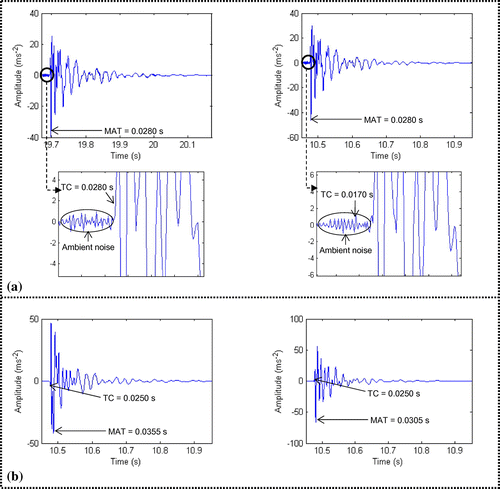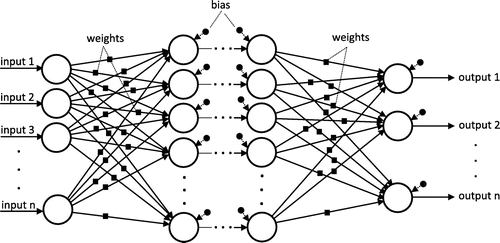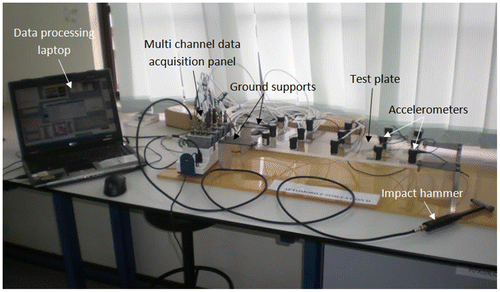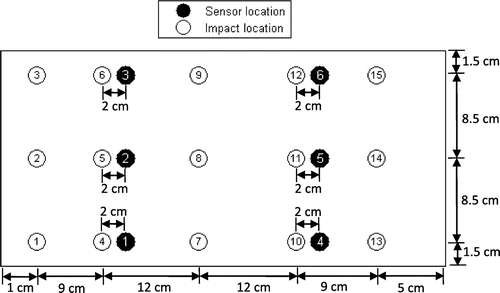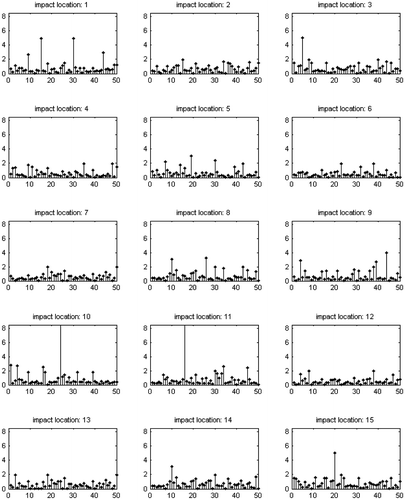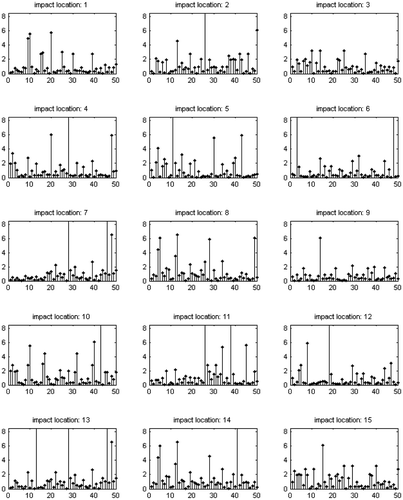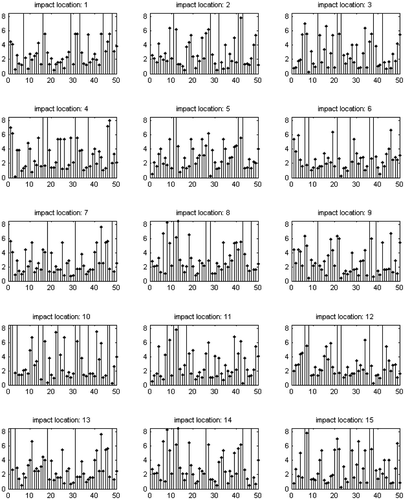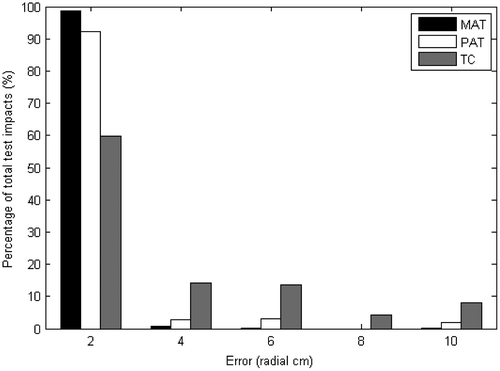Figures & data
Figure 1. Discrepancy of PAT than MAT for two same-located impacts when (a) impact location 1 and sensor 4 (b) impact location 14 and sensor 5.
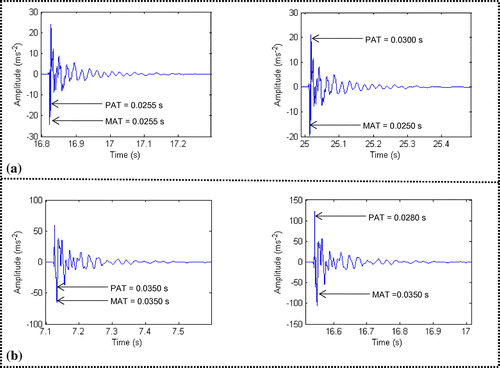
Figure 2. (a) Deviation of TC (at sensor 1) due to ambient noise for two separate impacts at location 3 (b) Non-variety of TC at sensors 10 and 12 for impact at location 3. (sensor’s radial distance difference from impact source = 4.5 cm)
